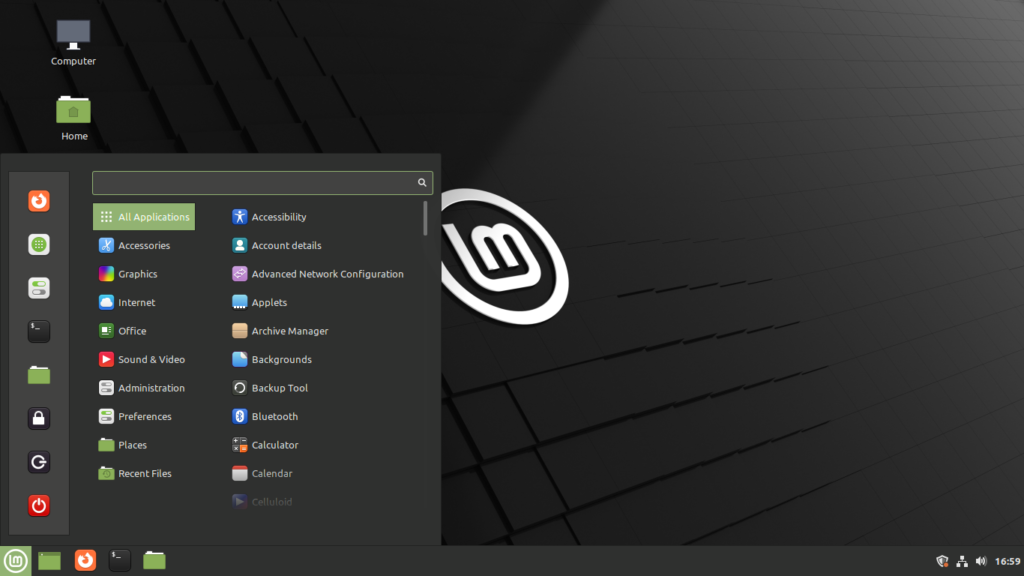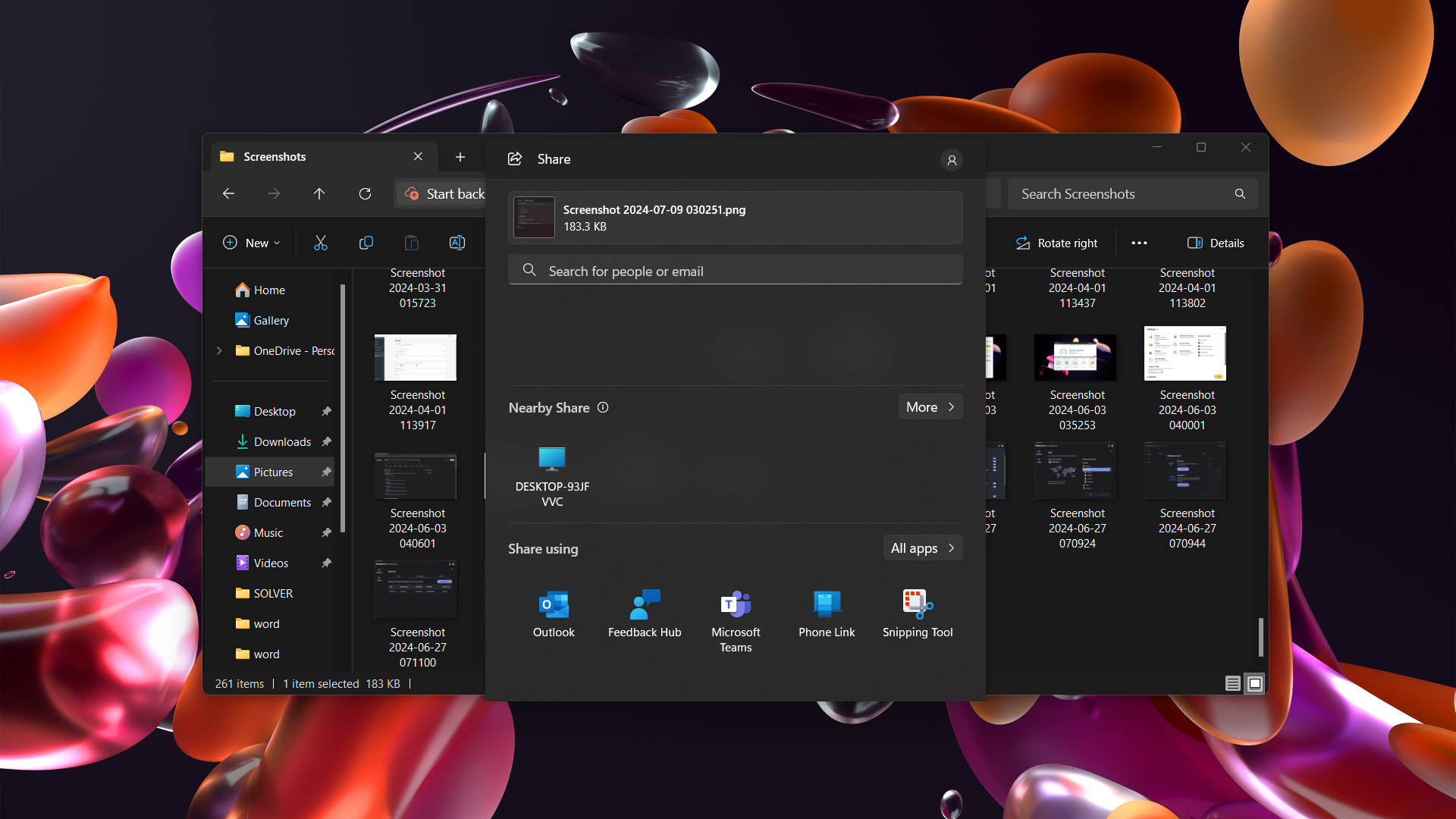
Linux, the free and open-source operating system, is taking a cue from Windows by implementing its own version of the Blue Screen of Death (BSOD) to notify users of kernel panics. This new feature, officially named “DRM Panic,” is set to debut in the upcoming Linux 6.10 release. The purpose of the DRM Panic screen is to alert users when a critical error has occurred, prompting them to reboot their systems. This new feature marks a significant step in enhancing user experience and system troubleshooting for Linux users.
The introduction of DRM Panic is made possible by integrating direct rendering manager (DRM) drivers and kernel mode setting (KMS) drivers. Initially, the supported drivers include SimpleDRM, MGAG200, IMX, and AST, with plans to expand support to other drivers in future updates. Although the Nouveau-DRM panic patches are in progress, they are expected to be included in Linux 6.11, as they won’t be ready for the 6.10 release. Systemd, a system and service manager for Linux, had already introduced a similar error screen feature in its version 255 update in December 2023.
The first glimpse of the Linux BSOD was shared by Red Hat developer Javier Martinez Canillas on Mastodon. The preview showcases a blue screen with an ASCII art penguin in the top left corner, accompanied by the text “Kernel Panic!” and a prompt for users to reboot their computers. This design is intentionally less cryptic than Microsoft’s BSOD, aiming to make error messages more understandable and less intimidating for users. Future enhancements to the Linux BSOD will include more precise and detailed error messages, as well as a QR code that users can scan to obtain additional information and troubleshooting tips.
For users eager to test the new Linux BSOD, those running Linux 6.10 or higher—or systems that already support the DRM Panic feature—can manually trigger the error screen using the command echo c > /proc/sysrq-trigger. This feature not only brings a new level of user-friendliness to Linux but also aims to streamline the process of identifying and addressing system errors, ensuring that users can more easily diagnose and resolve issues.




